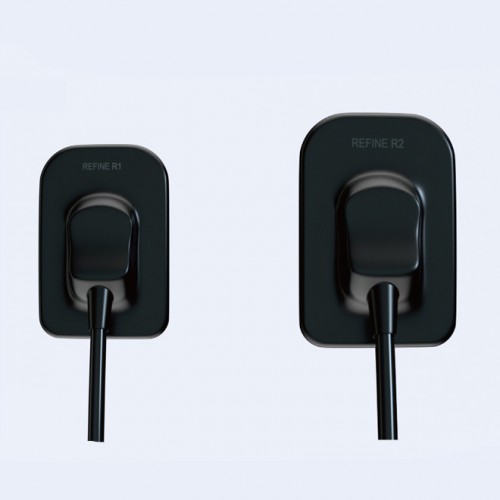5 key factors to choose dental intraoral x-ray sensor
Selecting the intraoral direct dental x-ray sensor for your practice is a process that takes knowledge of the product and understanding of factors beyond the product features. This is a major investment, and careful consideration of your alternatives is prudent. Unlike many other categories of equipment products in your office, where a purchasing mistake can be easily resolved by simply replacing it with another model or brand, the direct digital X-ray system is part of a complete and complex system that needs to work well together. Choosing the right product should involve your distributor and the manufacturer of the product, but also your information technology company who has or will supply your computers, network system and software. Changing to another manufacture’s product if the product does not meet your expectations can be complicated and expensive.
Here are some key points to consider and questions to ask when choosing an intra oral digital X-ray sensor system:
Image Quality
Ask your distributor or manufacturer if the sensor has image noise reduction features, such as an optical fiber layer, or some other technology. Noise reduction features can enhance image quality.
Most importantly, request an in-office demonstration of the sensor system so that you can see the quality of the images produced using your own intraoral x-ray equipment. Demonstration images seen on a product brochure, or the sales representative’s laptop computer, are not always an accurate example of what the images will look like in your office, using your equipment. If you have a variety of intraoral X-ray systems in your office, take images using all of these systems to see if the results vary. Take images of anterior and posterior teeth on the maxillary and mandibular arches, testing different exposure settings. The goal is to emulate what you will experience with different patients through the course of the day’s schedule, and determine if the resulting image quality will meet your expectations.
Available Sizes
Most manufacturers offer sensors in a variety of sizes, corresponding to the dental x-ray film size nomenclature of Size 0, 1, and 2. Check and compare the actual dimensions of these size sensors since they can vary slightly between brands. Check the outside dimensions and the actual image area.
Consider how many different sizes you will need to cover the variety of patient ages and sizes. Since the sensor size is similar to corresponding film size, your dental assistant should have a idea of what sizes you will need. One benefit of using digital X-ray sensor technology is that the time needed to take images is reduced. When transitioning from film to digital, start with a minimum number for sensors and add more if you find that X-ray scheduling is impacted adversely due to sensor availability.
The Interface
Another consideration when comparing sensors is the interface between the sensor and your computer. Some sensors offer multiple interfaces, including USB and Ethernet. If the interface is USB and the distance between the sensor and the computer is more than about 16’, a USB booster may be needed as well. Wireless technology is even available, with no cable to the computer. Before shopping for sensors, talk to your computer supplier or information technology specialist about what type of interface will work well with your computer system and software.
Software Integration
This is an area that is often missed, but it’s a critical one. If you already have computers in your operatories with imaging software and do not want to replace your imaging application, ask your software provider for a complete list of compatible X-ray sensors.
If you are moving from film to digital, you have more options available to you. When selecting your imaging application and sensor, make sure that you get software with an open architecture. This will broaden your options when it’s time to upgrade your digital system down the road. Also, ask how the imaging software and X-ray sensor system will integrate with your practice management software. Does the sensor that you are evaluating provide the flexibility to allow you to switch practice management or imaging software in the future without risking your initial investment in sensors?
Software integration can get pretty technical. Including your computer supplier, information technology specialist, distributor, and sensor manufacturer in this discussion will help to head-off many functional problems that are often encountered when moving from film to digital technology, or when upgrading your current digital sensor system.
Support
Whether you are about to embark in a digital conversion for the first time or are looking for the newest technology to replace your present digital sensor system, understanding more about the manufacturer’s reputation is critical. Digital sensors represent a significant investment and you need to be sure that you are partnering with the right technology company. Ask how long they have been in business. Do they have a track record of digital innovation? Ask for referrals and read reviews from other dentists who have used this company’s products.

